Although there are many different varieties available, all ponds are not the same and each kind of fish has its own particular needs, so it is important to choose ones which will be suitable.
How Many Fish?
The size of the pond plays an important part in determining what kinds of fish – and how many – can be kept healthily since some of the types commonly offered for sale can grow very large indeed. Most pond fish require at least 50cm or so in-depth, but koi and other varieties of large carp need at least double that to thrive. To get an idea of how many fish you can sensibly introduce, you need to work out the surface area – multiplying the length by the width to come up with a total in square metres (or feet). Although it is possible to increase their numbers once the pond has become fully established after a couple of years, for a new water feature the total length of fish you add should not be more than around 25cm for every square metre of surface area – or 1 inch per square foot.
What Kinds?
Garden centres and pond suppliers often stock a wonderful array of species, ranging from the familiar goldfish to some altogether more exotic kinds, such as the European Catfish. Much of the decision depends on what appeals to you, but it is important to keep in mind how big your chosen fish will ultimately be and select accordingly.
Koi and Carp
Giants among pond fish, koi and other carp can grow to 75cm or more in length and so are only really suited to large, well-filtered ponds, without much in the way of ornamental planting, given their habit of pulling up vegetation. Some forms of koi are highly valuable – running into thousands of pounds, so pond security also needs to be kept in mind, if one of real exhibition quality takes your fancy. The common carp is also available for sale in its various forms, including the almost scale-less “leather carp” and the large-scaled “mirror carp.” Less showy than their Japanese relation, these carp are large and impressive fish to keep if space permits.
Goldfish
That old favourite, the goldfish, remains as popular a choice as ever and generally does very well. There are many varieties to choose from, though the “fancy” forms, with their bubble-eyes, enlarged heads and oversize fins are not recommended since they tend not to tolerate the cold in the winter and in the summer, faster-swimming fish out-compete them for food. More normal forms like the comets – with their long tails – and the gloriously multicoloured shubunkins are much better choices and routinely grow to 15cm or more and sometimes even double that.
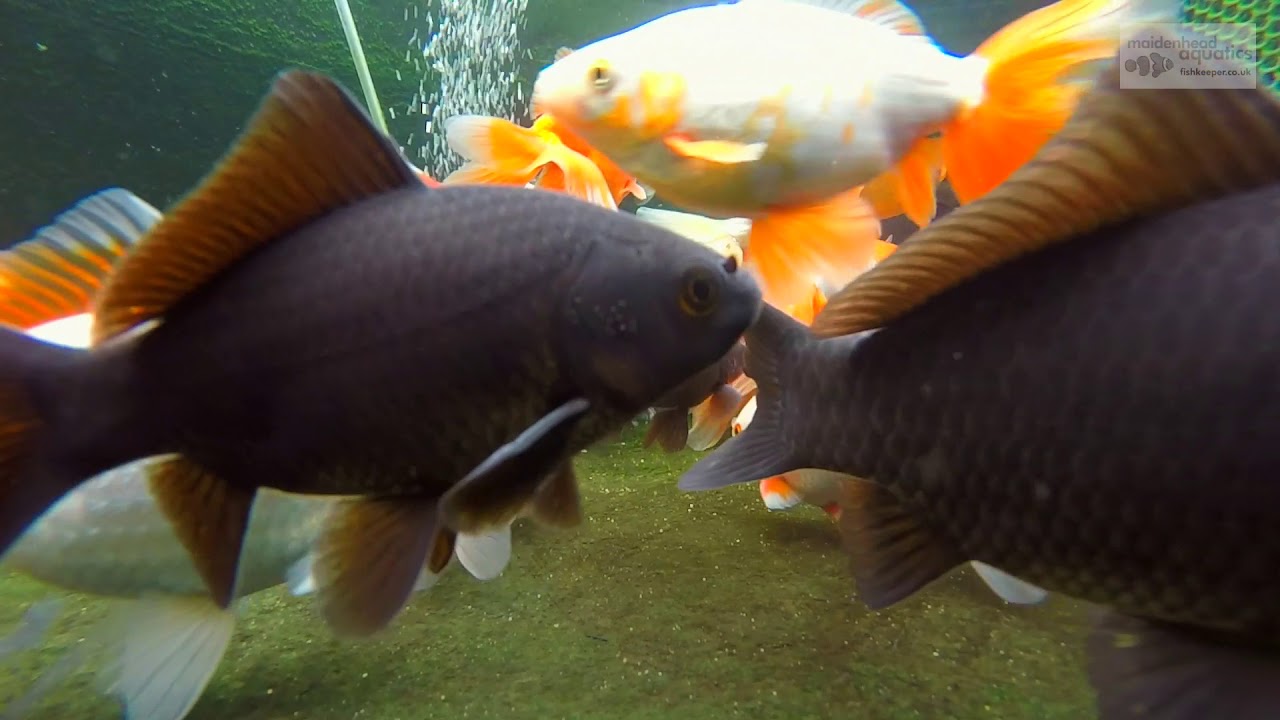
Orfe and Rudd
Many pond-keepers have a particular fondness for the orfe, an active fish which spends most of its time near the surface, which makes them easily spotted – though this also means that some form of protection from cats and passing herons is probably a good idea. A gregarious species, they prefer to swim in shoals, so for them to thrive they need to be kept in groups of at least half a dozen, but since they can grow to 30cm or more, they need a fair bit of space. However, rudd, which only grows to about half that size, make a good alternative for the smaller pond, being very similar in their habits.
Tench
Various kinds of tench have been labelled “pond cleaners” since they spend most of their time at the bottom – in fact, you are lucky to see a tench at all after you have introduced it into the pond. The reputation is not entirely true, but their habit of rooting around for something to eat in the silt does mean that food left uneaten by the other fish is not left to rot. Some kinds of catfish, notably the European monster mentioned before, are offered for sale for the same reason, but since many of them grow to similarly impressive dimensions as their cousin, unless you are sure which sort you are buying, it is probably best to give them a miss.
Once you get your selection home, float their unopened plastic bag in the pond for half-an-hour or so, so that they gradually reach the same temperature, then open the bag and let pond water enter, to allow the fish to become accustomed to it. After another few minutes, you can safely release them – and then all that remains is to enjoy your new arrivals.
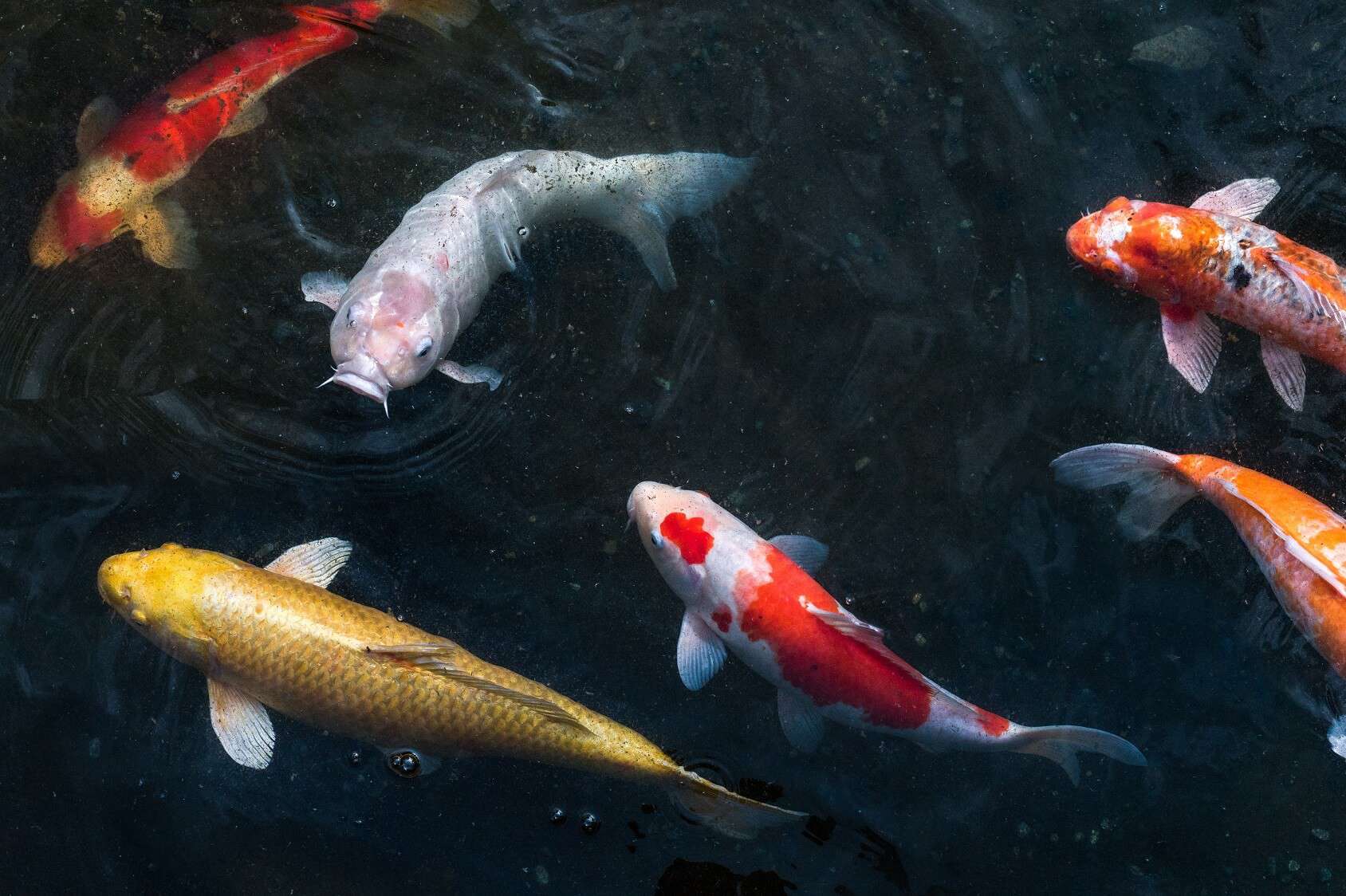
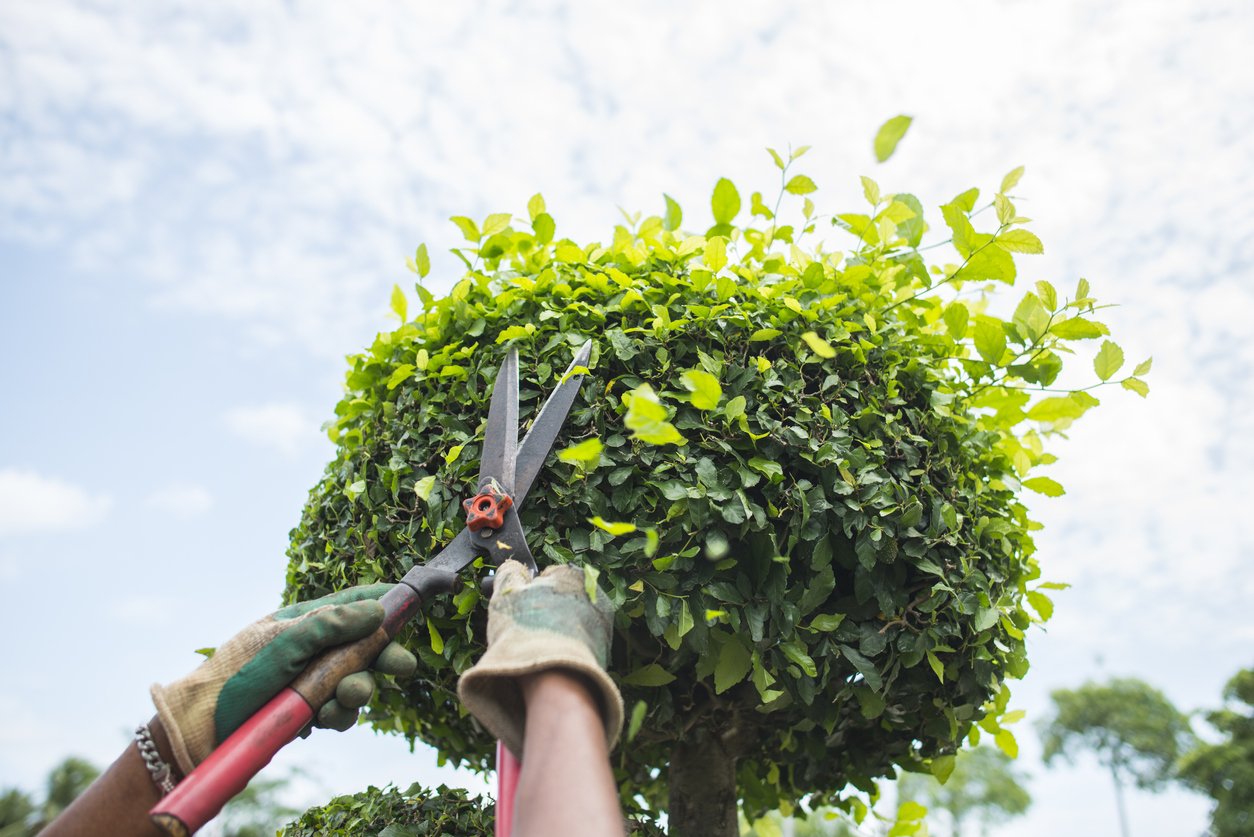
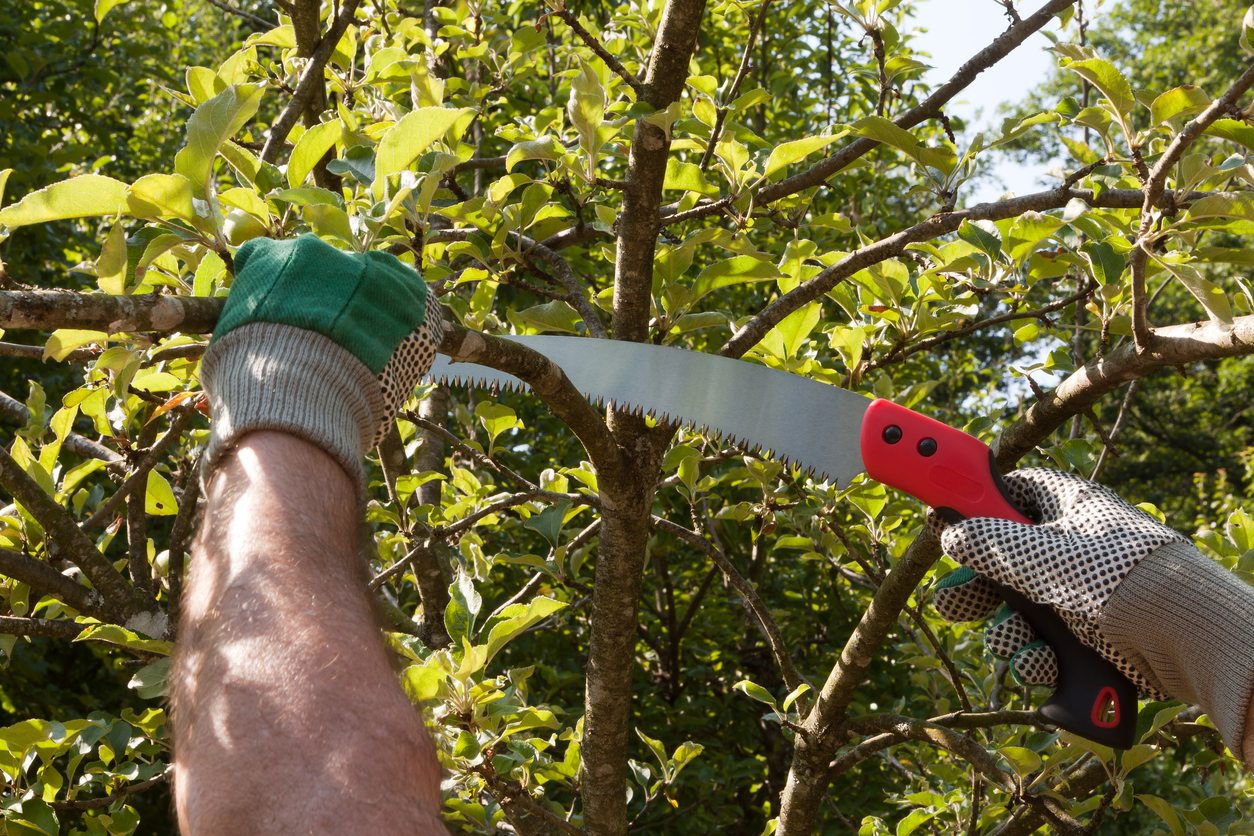
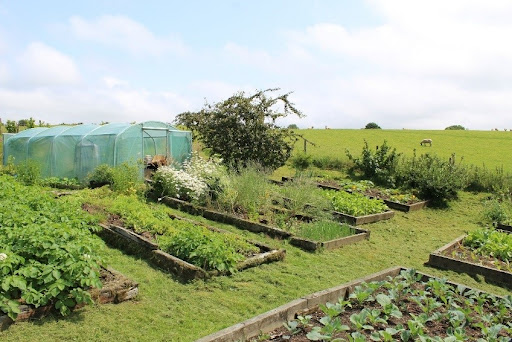
1 thought on “Choosing The Right Fish For Your Garden Pond”